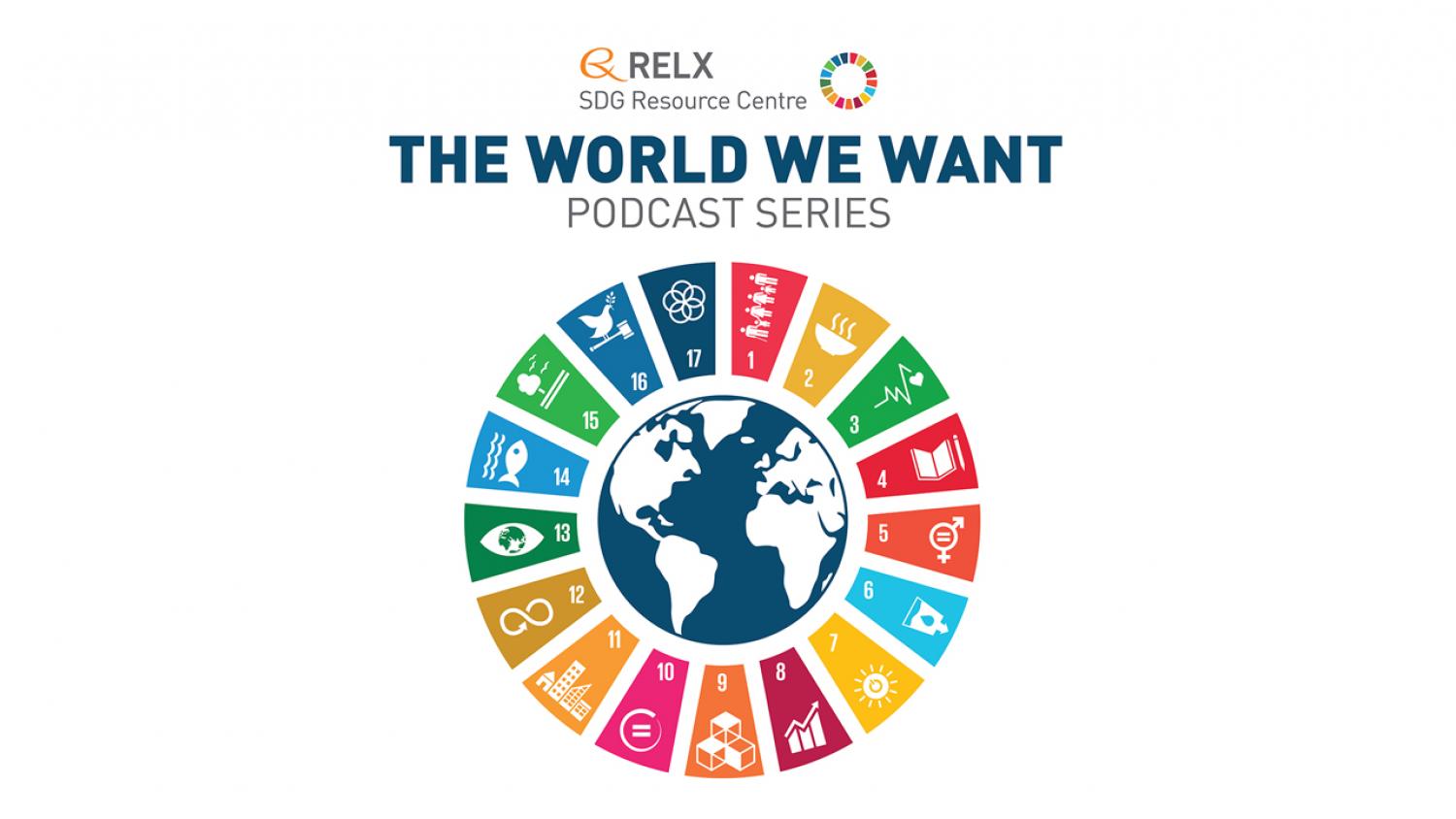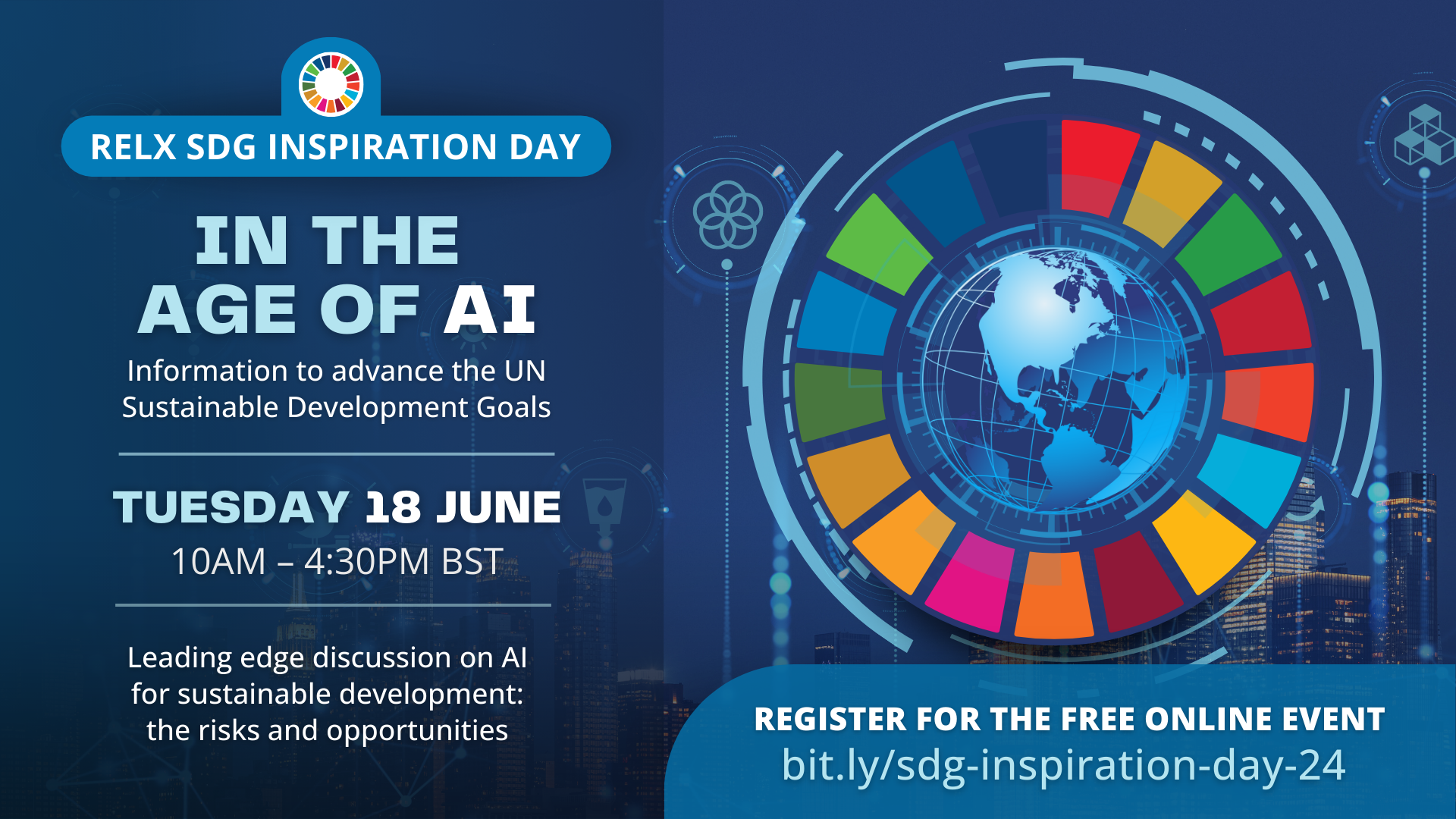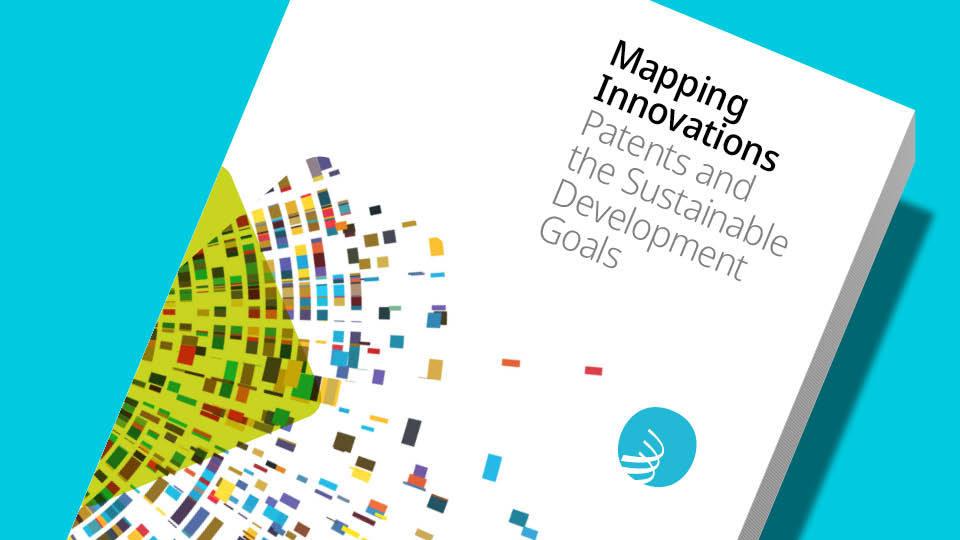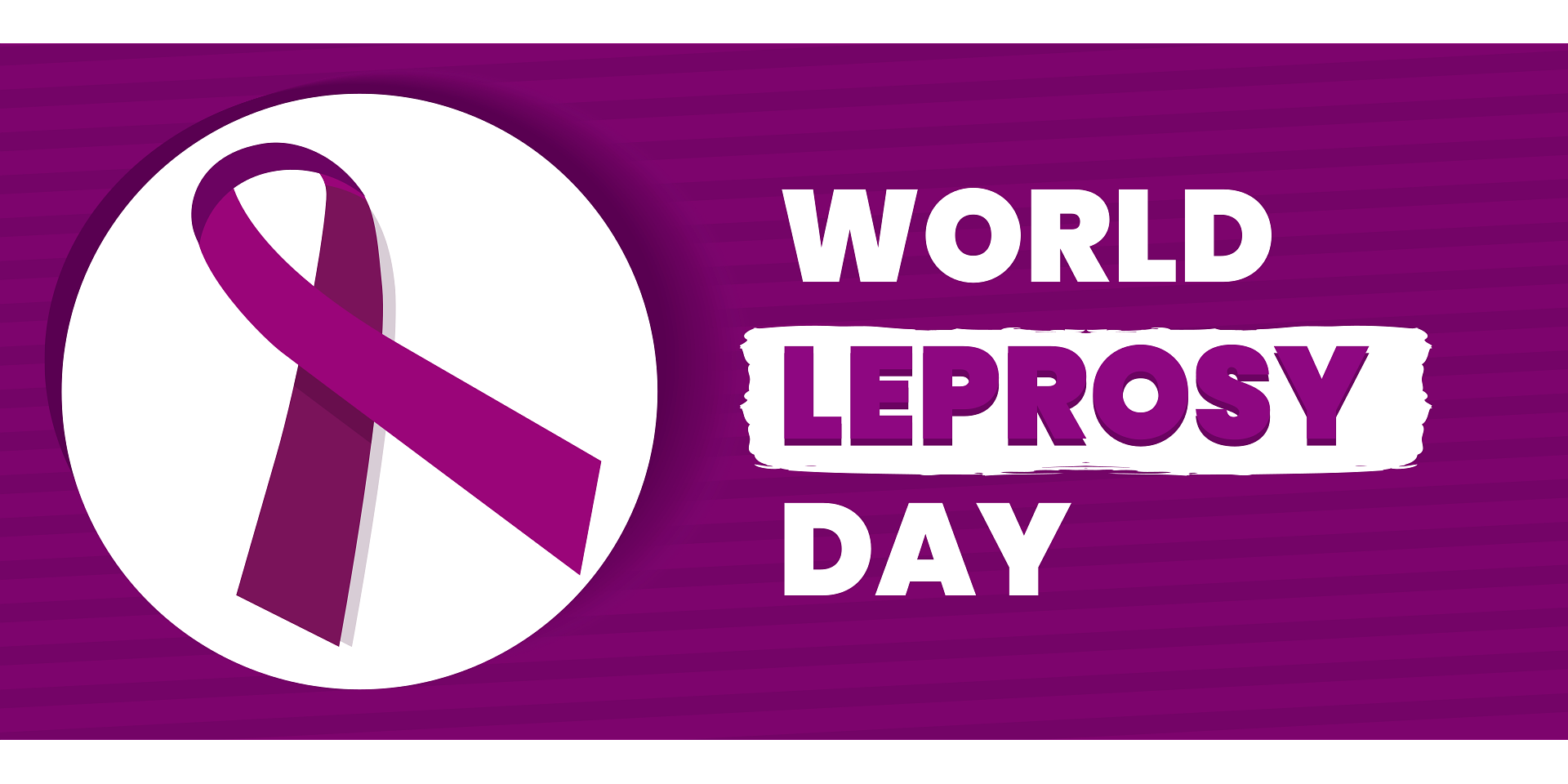Asia-Pacific Journal of Oncology Nursing, Volume 11, Issue 5, May 2024, 100448
This article describes the development and pilot testing of a mobile health-delivered storytelling intervention to increase cervical cancer screening among Malawian women living with HIV. The intervention was found to be feasible, acceptable, and more effective than printed materials alone in encouraging women to undergo screening.
AI holds tremendous potential for advancing the United Nations Sustainable Development Goals (SDGs). AI, particularly generative AI, provides new opportunities to analyse data and trends at pace and scale to further knowledge, allocation of resources and action. Applications to address the global challenges presented by the SDGs such as poverty and hunger, human health, climate change, biodiversity and ocean degradation are potentially limitless. Upskilling and access to AI technology will be critical, but how can we avoid an AI divide between the West and the rest?
2026's World Leprosy Day: A Unified Call for Dignity and Healing
Celebration and Recognition
World Leprosy Day is commemorated each year on the final Sunday of January, promoting worldwide unity in the battle against leprosy. On January 26th, 2026, this day will occur. In India, January 30th is an important event that is observed annually to pay tribute to Mahatma Gandhi's death anniversary. Gandhi was a strong supporter of the rights and respect for individuals stricken with leprosy.
Thinking Skills and Creativity, 2024, 101523
This study explored talent in adolescents with intellectual disability (ID) by comparing those with and without drawing ability, examining both specific artistic skills and broader cognitive abilities. Results showed that adolescents with ID who have drawing talent also demonstrated higher fluid intelligence, cognitive flexibility, and creative thinking, with participation in art classes further enhancing their artistic performance. The findings support a global view of talent and suggest that giftedness models, such as Renzulli�s three-ring model, may be relevant for individuals with ID.






